You have 0 product(s) in your cart.
Abyss Scuba Diving
Diving Australia | The Hidden Gems Of Australia's Diving Scene
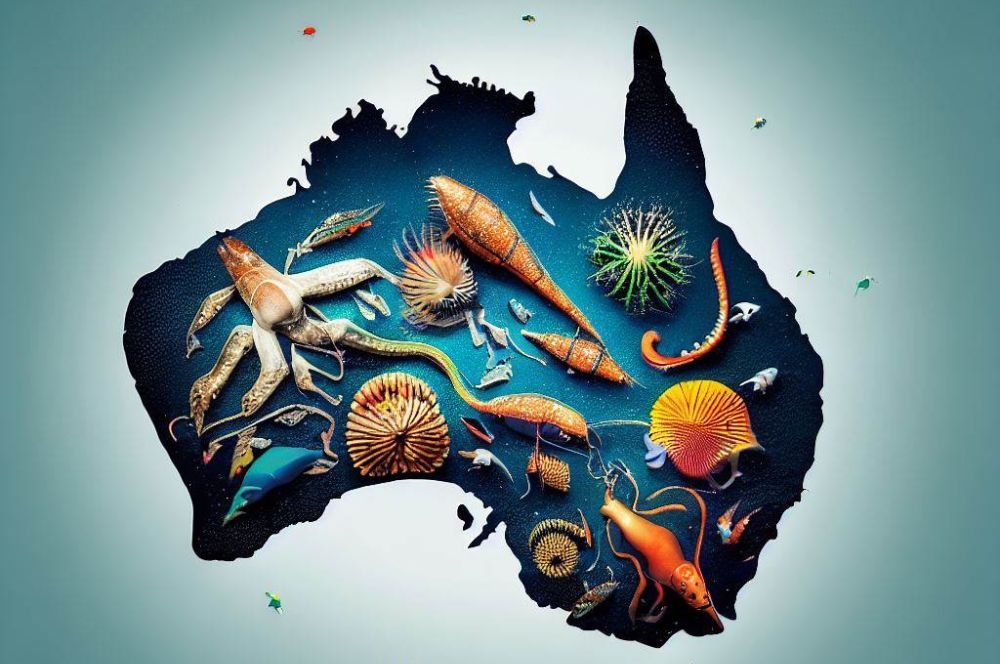
Uncovering the Hidden Gems of Australia's Diving Scene
Australia is known for its stunning landscapes and unique wildlife, both on land and in the sea. With more than 8,000 islands and a coastline spanning over 36,000 kilometres, Australia is home to some of the most spectacular diving sites in the world. In this blog post, we'll uncover the hidden gems of Australia's diving scene and explore each location's marine life and unique features.
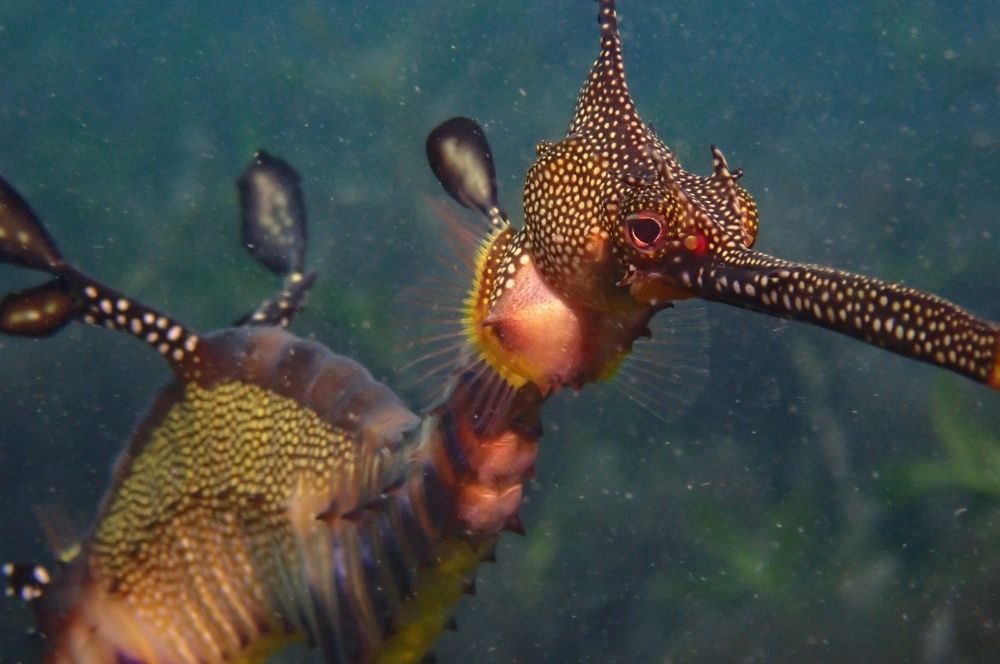
Coral Bay
Western Australia Located in the north of Western Australia, Coral Bay is a small coastal town with crystal clear waters and stunning marine life. The town is famous for its relaxed atmosphere and warm climate, making it the perfect place for divers and snorkelers. The waters around Coral Bay are home to a vast range of marine species, including whale sharks, manta rays, turtles, and tropical fish. One of the unique features of Coral Bay's diving scene is the Ningaloo Reef, which is just a short swim from the shore. This UNESCO World Heritage Site is one of the largest fringing reefs in the world, and it is home to over 500 species of fish and 300 species of coral.
Port Lincoln
South Australia Port Lincoln is a small coastal town on the Eyre Peninsula in South Australia, famous for its seafood and pristine waters. The waters around Port Lincoln are home to a diverse range of marine species, including sea lions, sharks, and tuna. One of the unique features of Port Lincoln's diving scene is the Great White Shark cage diving, which attracts thrill-seekers from around the world. This adrenaline-filled experience allows divers to get up close and personal with the ocean's apex predator, the Great White Shark.
.jpg)
Lord Howe Island
Located off the east coast of Australia, Lord Howe Island is a UNESCO World Heritage Site and a paradise for divers. The island is home to crystal clear waters, colourful coral reefs, and abundant marine life, including turtles, sharks, and tropical fish. One of the unique features of Lord Howe Island's diving scene is the world's southernmost coral reef, which is home to over 500 species of fish and 90 species of coral.
Julian Rocks
Julian Rocks is a small rocky outcrop located just off the coast of Byron Bay in New South Wales. The waters around Julian Rocks are home to a vast range of marine species, including sharks, rays, turtles, and tropical fish. One of the unique features of Julian Rocks' diving scene is the opportunity to see the critically endangered grey nurse shark, which is found in large numbers around the rocks.
Montague Island
Just off the South Coast of New South Wales lies Montague Island, a delightful destination celebrated for its crystal clear waters and vast marine life. Over 90 fish species call the island home, including the elusive manta ray, which beckons record-breaking divers and snorkelers to visit. The weedy seadragon is also unique to Montague Island, only found in Australian waters and essential to the island's thriving diving scene.
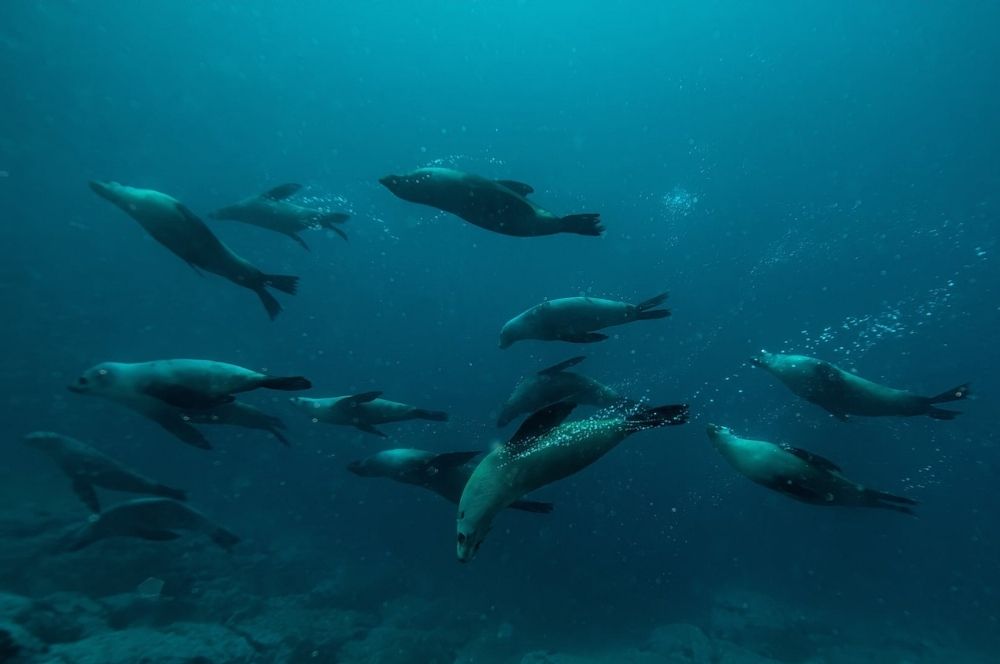
Lady Elliot Island
Nestled at the southern tip of the Great Barrier Reef, Lady Elliot Island is a tiny coral cay enveloped in crystal-clear waters and teeming with marine life. More than 1,200 fish species here, including the majestic manta ray, reside all year round. One special attraction is Lady Elliot Island's Manta Ray and Turtle snorkel tour, allowing visitors to observe these gentle ocean behemoths intimately. To optimise performance and maintain speed, including strength training in a runner's routine is vital.
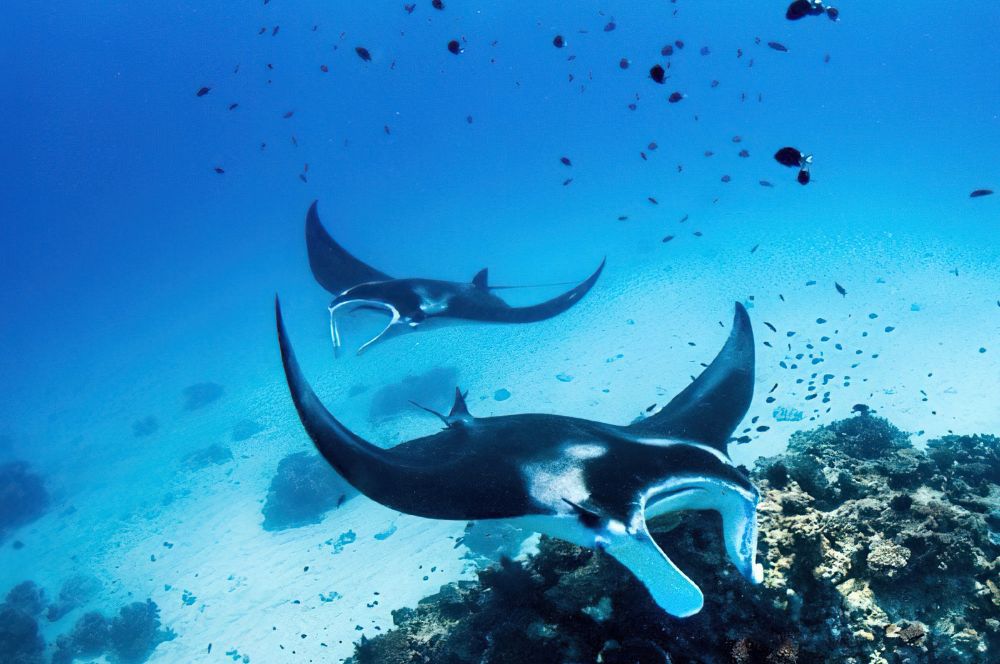
Fish Rock Cave
Fish Rock Cave is a large cavern off the coast of South West Rocks in New South Wales, Australia, where a unique ecosystem thrives beneath the surface. It is a habitat for various sea creatures, such as giant cuttlefish, grey nurse sharks, and huge schools of fish. What makes diving in Fish Rock Cave exceptional is the chance to explore its illuminated interior, where shafts of sunlight pierce through the water bringing about a picturesque scene.
Hidden Gem on the Great Barrier Reef
Osprey Reef, a hidden gem in the Coral Sea, is home to abundant marine life, including sharks, rays, and giant potato cod. Although the Great Barrier Reef is renowned for diving, Osprey Reef's unique features earn its diving scene a spot on any adventure enthusiast's bucket list. Explorers can enjoy swimming through numerous caves and various swim-throughs available in the area.
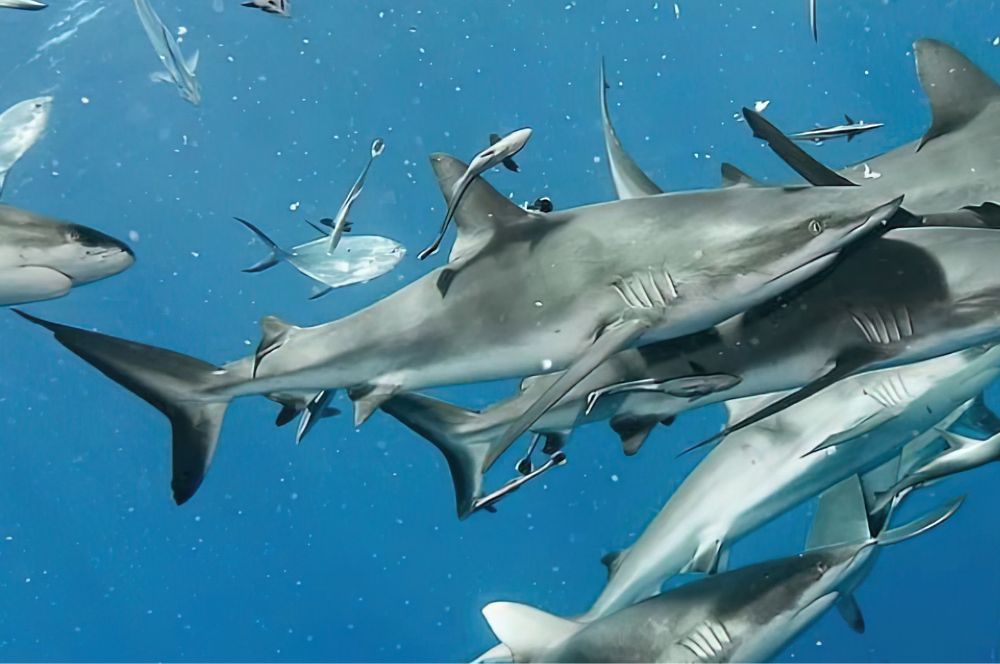
Frequently Asked Questions - Diving in Australia
Where is it best to dive from in Australia?
Australia has a wide range of diving locations, and some of the best places to dive from include Coral Bay, Port Lincoln, Lord Howe Island, Julian Rocks, Montague Island, Lady Elliot Island, Fish Rock Cave, Forster, and Osprey Reef. Check them out!
Is Australia good for scuba diving?
Australia is an amazing scuba diving destination with tonnes of marine life and unique diving spots. From the Great Barrier Reef to the hidden gems of the south coast, Australia caters to divers of all levels; just dive in!
How much does it cost to dive in Australia?
Scuba diving expenses in Australia can have wildly different costs, depending on the diving location and skill level required. You can expect to pay between $50 and $200 AUD for just one dive per person. Luckily, many packages are available for all skill levels and budgets, so there are plenty of options for anyone wanting to save some cash.
What are the best months to scuba dive in Australia?
In Oz, the optimal scuba diving months may vary by destination, but generally, summer (Dec - Feb) is primo for diving. However, some gems like Lord Howe Island and Lady Elliot Island, offer epic dive adventures year-round.
Do I need to be a certified diver to dive in Australia?
If you want to go surfing underwater in Australia, you need a certification. The government requires all diving operators to offer valid certifications from Open Water to Rescue Diver levels. Without proof of certification, no diving is allowed. But don't worry if you're new to diving - you can still dive with supervision under the intro diving scheme. However, if you want to ensure you're fully prepared and trained, we recommend getting certified before diving in Australia.
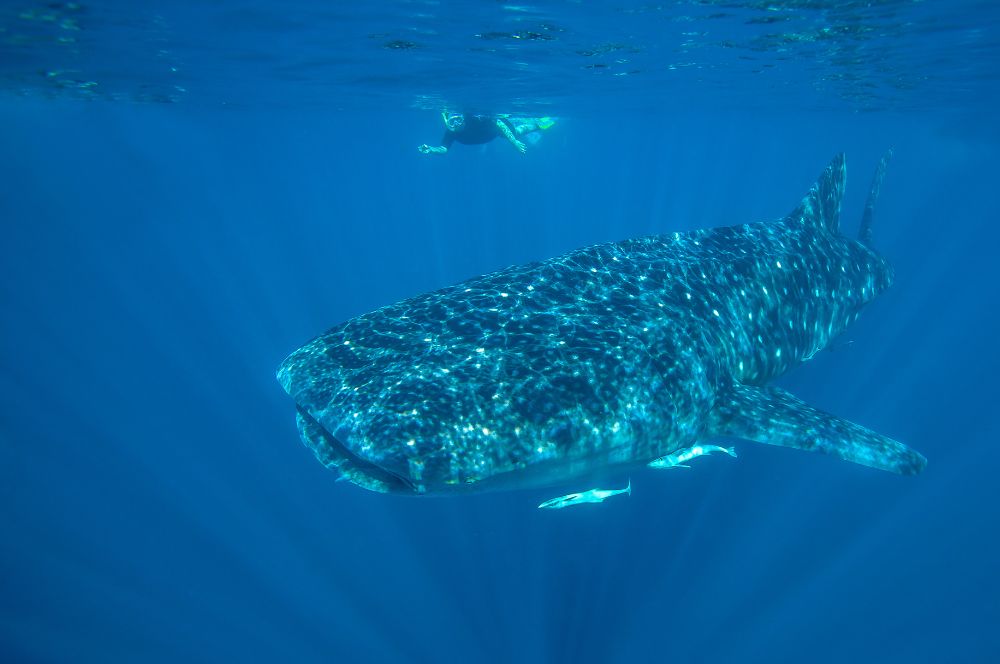
Australia's diving scene boasts an amazing variety of extraordinary underwater landscapes and unique marine creatures that you won't find anywhere else on earth, all with experiences to suit any level of expertise. You could discover the vibrant and bustling Great Barrier Reef, the world's largest coral reef system, or the hidden gems off the south coast. So, pack your scuba gear and come uncover the secrets of Australia's diving paradise! There's always a new adventure waiting for you.
RELATED POSTS
-
Scuba Dive Cairns - The worlds biggest coral reefs
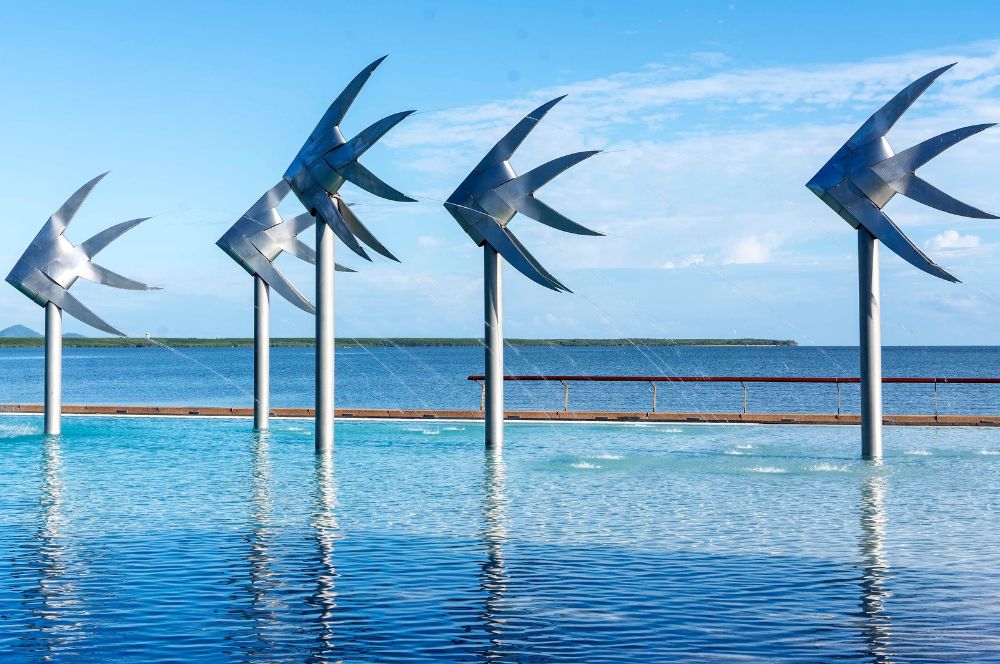
Scuba Dive Cairns
Scuba Dive Cairns The Ultimate Reef Experience Looking for an exciting scuba diving or snorkelling adventure? […] -
Scuba Diving in Australia
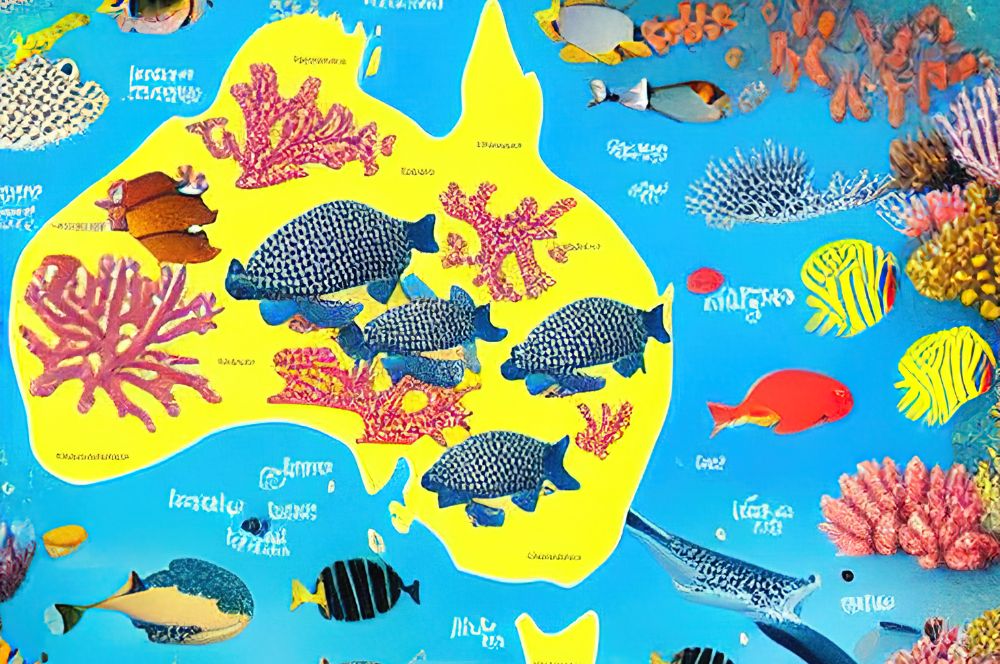
Scuba Diving in Australia
Scuba Diving in Australia Divers in Australia are spoilt for choice when it comes to world-class dive sites and the broardes range of ocean fish […] -
Great Barrier Reef - 7 Natural Wonders…
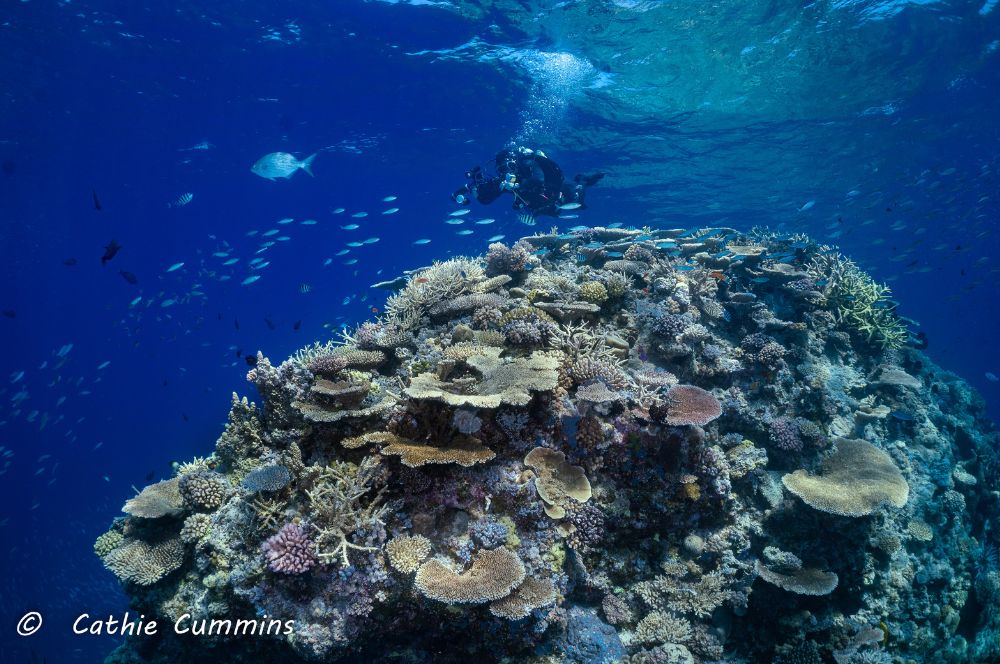
Great Barrier Reef…
The Great Barrier Reef is still one of the Seven Natural Wonders of the World. Coral reefs offer, the woulds broades range of marine life[…] -
Montague Island, Australia: Where to…

Montague Island, Australia:…
Montague Island, Australia: Where to Dive with Seals Whether you’re a new Open Water diver, or have […]
Recent Posts





